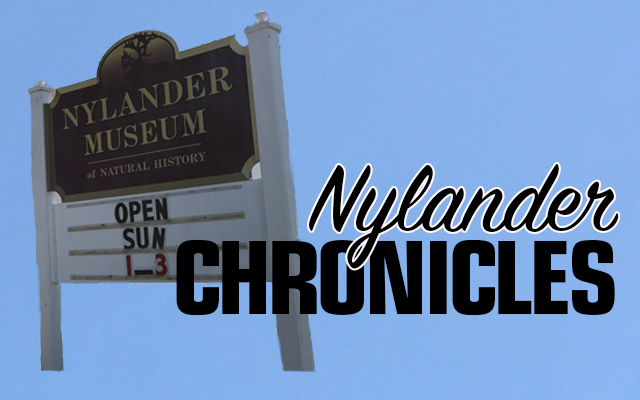Granite quarried inland and along the coast of Maine beginning in the early 1800s was known across the United States and Europe for its strength, size and beauty. By 1901, Maine ranked first in granite production in the United States.
One of the Nylander Museum’s collections consists of pieces of granite from Maine: Mt. Desert Island, Bar Harbor, Stonington, and pieces from away: New Hampshire, Philadelphia, New Brunswick and Sweden.
Chances are, you have seen granite in pink, red, white, blue, lavender and earth tones in public construction. Granite consists of three minerals: quartz, feldspar and hornblende. Buildings with granite include museums, libraries, post offices, courthouses, statehouses, and cathedrals. Curbing along streets and memorials or headstones may also be granite.
Over time, granite was used for paving streets in cities. Kitchen or bathroom countertops may be granite composites, which enhance a home’s aesthetics.
Maine granite was used in many important places, including the Philadelphia Mint, the columns on the U.S. Treasury Building in Washington, D.C., Cathedral of St. John the Divine, Rockefeller Center and major bridges in New York City. Monuments with Maine granite include the John F. Kennedy Memorial, General Grant’s Tomb, and the Gettysburg Monument.
Here’s a surprising fact: granite at its strongest can resist crushing strength of 32,635 pounds per square inch, while iron’s crushing strength is 3,000 pounds per square inch.
Knowing its strength, imagine extracting granite from quarries and carving pieces before the invention of power tools! Out of the 100-plus quarries in Maine, each showcasing its own color and strength, less than 10 are now active mostly due to steel, concrete, and asphalt replacing granite in construction beginning in the 1960s.
Part 2 of History of Maine Granite will answer: Why is some granite stronger? What kind of rock is granite, and how did it form? Who were the early workers in Maine’s granite industry?
This column is the work of members of the Nylander Museum’s Board of Trustees.








